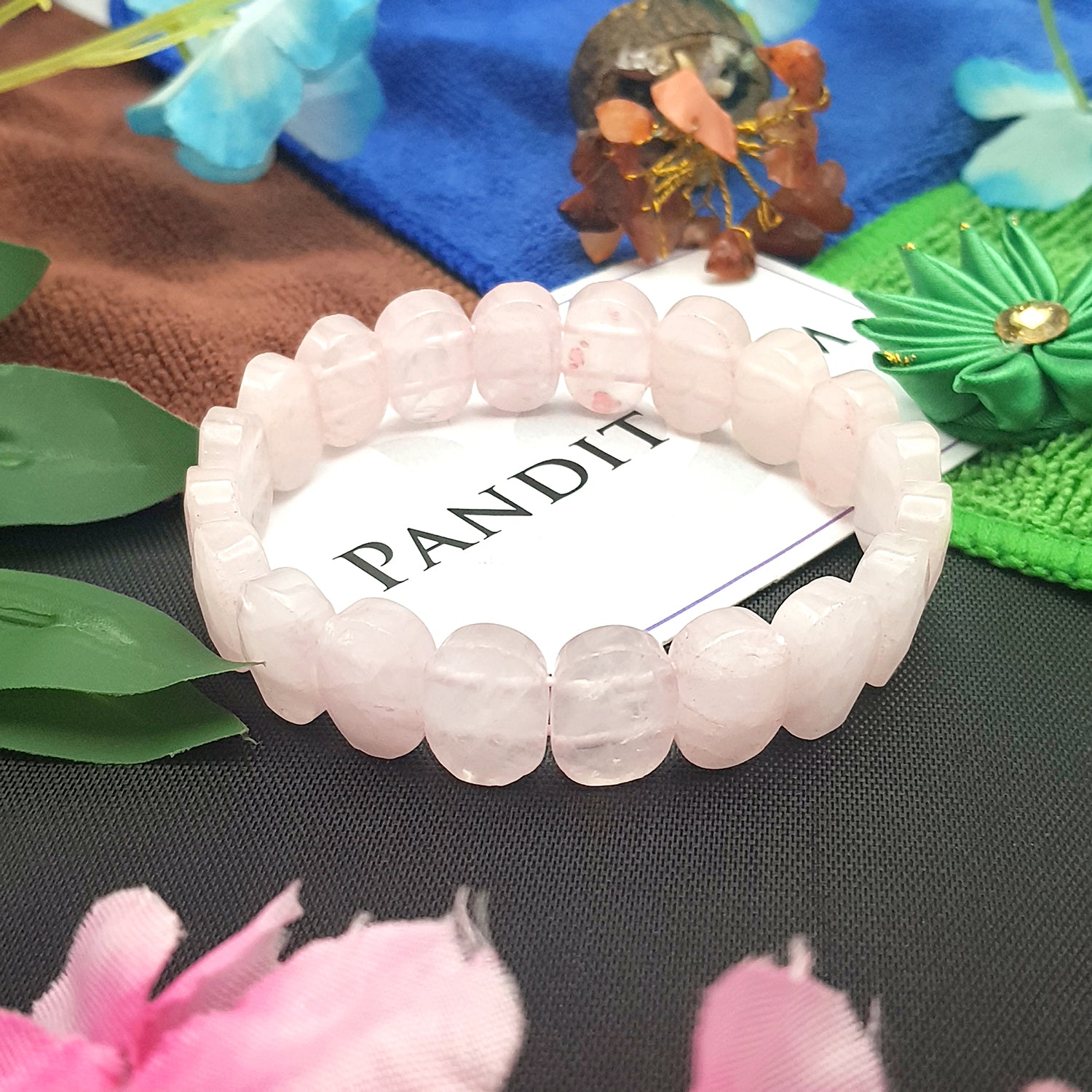
Vivah Panchami is a sacred Hindu festival dedicated to Lord Ram and Goddess Sita’s marital union in ‘Treta Yug’. It is celebrated every year on the fifth day of the ‘Shukla Paksh’ in the ‘Margashirsha’ month of the Hindu calendar. As per Gregorian calendar the festival falls on either late November or early December. This festival is celebrated with grandeur all over the country, especially in the northern parts of India and Nepal as Goddess Sita’s parental home is said to be in ‘Mithilanchal’ region there.
What is the story behind celebrating ‘Vivah Panchami’?
The legend has it that the great sage ‘Vishwamitra’ once went to king Dashrath of Ayodhya and asked him to send his sons Ram and Laxman to save him and his disciples from demons who were torturing them and not allowing them to perform ‘yagnas’. Lord Ram and Lord Laxman went with the sage and killed all the demons. ‘Vishwamitra’ then took them to Janakpur (now situated on the India-Nepal border), where the ‘Swayamvar’ of King Janak’s daughter was taking place. According to the folklore, Lord Ram, Prince of ‘Ayodhya’ (incarnation of Lord Vishnu on earth) married Goddess Sita (incarnation of Goddess Lakshmi) by breaking the sacred bow of Lord Shiva and winning her in her ‘Swayamvar’. Lord Ram then married Sita and united with her in marital bliss. Since then, this day is celebrated by Lord Ram’s followers all over the world to celebrate this union.
How do people celebrate ‘Vivah Panchami’?
This auspicious day is celebrated with great pomp and show in the birthplace of Lord Ram, Ayodhya. The wedding ceremonies are enacted with the idols of Lord Ram and Goddess Sita. The procession of Lord Ram’s ‘baraat’ is taken from one temple to another all the way from Ayodhya to ‘Janakpur’ where the marriage ceremonies take place. The event is popularly referred to as “Ram Vivah Utsav”. Devotees sing various ‘Bhajans’ in order to seek Lord Ram’s blessings. The famous religious song; “Hari Anant, Hari Katha Anant, Mangal Bhawan Amangal Hari” is sung by devotees.
The ceremonies culminate in the evening where devotees throng in huge numbers in Janakpur, the birthplace of Goddess Sita. Special ‘Pujan’ is held at the various temples situated there. People take a dip in the holy lakes of Mithilanchal like Gangasagar, Dhanushsagar and Argaza. The idols of the deities after the ‘Pranpratishtha’ rituals are dressed like bride and groom and taken out in processions and the enactment of their wedding take place at the famous Janaki temple. Thousands of devotees visit Nepal during this time and visit temples in order to seek blessings from the Lord for a happy married life.
‘Vivah Panchami’ is marked as the auspicious day to celebrate the union of two bodies into one soul for the seven life cycles one goes through before he/she attains salvation. Every couple which wants happiness in their life perform ‘pooja’ on this day.
What mantras are to be chanted during the wedding rituals?
The mantra to be chanted in order to seek Lord Ram’s blessings is: “Om Dasrathaye Vidmahi, Sita Valabhai Dhimahi, Tanno Rama Prachodyat”. Goddess Sita’s mantra is, “Om Janak Nandinaye Vidmahi, Bhoomi Jaye Dhimahi, Tanno Sita Prachodyat”. One should chant these mantras in order to please the deities.





















